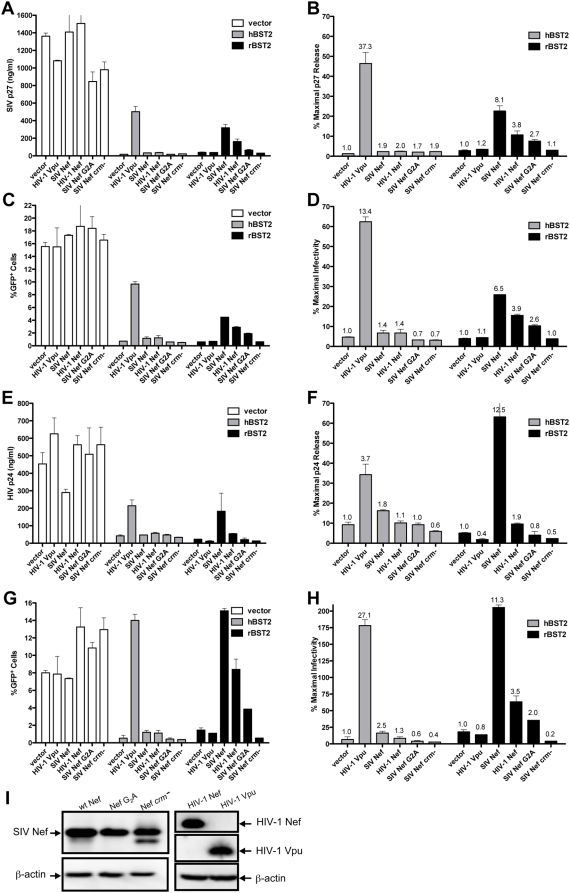Figure 3. Species-specificity of HIV-1 Vpu and SIV Nef in counteracting restriction by human and rhesus tetherin.
HIV-1 Vpu and SIV Nef were tested for the ability to rescue virus release in trans for SIV Δnef and a vpu-deficient strain of HIV-1 in the presence of human and rhesus tetherin. 293T cells were transfected in duplicate with 100 ng of proviral DNA for SIV Δnef (A–D) or HIV-1 HXB2 (E–H), 50 ng of DNA for hBST2 or rBST2, and 100 ng of DNA for either HIV-1 Vpu, SIV Nef, SIV Nef G2A, SIV Nef crm− or HIV-1 Nef. G2A and crm− represent amino acid substitutions in the myristoylation site and the cholesterol recognition motif (L129R, Y133A and Y134A) of SIV Nef respectively. Vector controls included pcDNA3 for the tetherin expression constructs and pCGCG for the Nef expression constructs. Forty-eight hours post-transfection, the amount of virus released into the cell culture supernatant was measured by SIV p27 (A) or HIV-1 p24 (E) antigen-capture ELISA, and by infectivity on GHOST X4/R5 cells (C,G). To control for variability due to tetherin-independent effects of Nef and Vpu on particle release, the data are also expressed as percent maximal release in the absence of tetherin (B,D,F,H). The values above each bar represent the fold-increase in virus release compared to the empty vector control. The expression of wild-type SIV Nef, Nef G2A, Nef crm-, HIV-1 Nef and HIV-1 Vpu were verified by western blot analysis (I).

